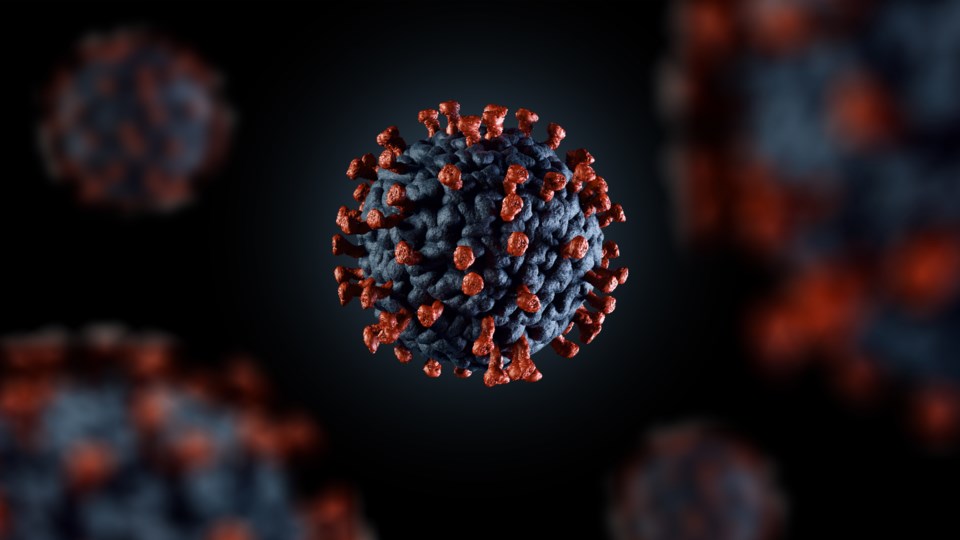BARRIE - Although what we’re dealing with right now is much larger than anything Canada has had to deal with previously, the severe acute respiratory syndrome (SARS) outbreak 17 years ago helped to inform Canada’s response to the current COVID-19 pandemic.
In 2003, SARS originated as a zoonotic virus, of animal origin, and jumped the species barrier in the Guangdong province of southern China in 2002, eventually infecting people in 26 countries, finding its way to Canada, mostly the Toronto area, which was hit hard.
“It was quite severe for those who were infected,” recalled Simcoe-Muskoka medical officer of health Dr. Charles Gardner, who worked at the Lanark District Health Unit in eastern Ontario at the time.
Worldwide, about 8,000 people were diagnosed and 700 people died, resulting in roughly a 10 per cent fatality rate. And those who were infected were hard hit, with roughly 20 to 30 per cent requiring the assistance of ventilators.
In Canada, there were 251 suspected infections with 44 deaths. There were no cases reported in Simcoe County.
“One of the great challenges we had back then was the ability to identify the virus, to sequence it genetically,” said Gardner. “In 2003, we didn’t have a test, per se, it really was a syndrome, hence the name severe acute respiratory syndrome.
“But with COVID-19, the virus was identified and genetically sequenced by early January, with tests available. It was just a very different situation between now, COVID-19 and SARS back in 2002, 2003 in terms of the microbiological testing capacity” and the ability to actually test for the virus, he added.
SARS was quite severe as an individual case-by-case basis went, but less infectious compared with COVID-19, which is about 500 times larger, Gardner said. Currently, there are four million cases worldwide with nearly 280,000 deaths. And more people are still being infected.
COVID-19’s mortality rate was initially found to be about two per cent of all cases, but there has since been a wide range with .35 per cent in Singapore and the highest being 19.1 per cent in France.
With 379 confirmed cases and 30 deaths, Simcoe-Muskoka is reporting a 7.9 per cent fatality rate. In Ontario, there have been 21,236 cases with 1,765 deaths and nationally there are 71,157 cases and 5,169 deaths.
“What we can see from our modelling is that we will be dealing with COVID-19 until we come up with a vaccine” in a year and a half, said Gardner.
In 2003, institutions, especially in the Toronto area, were very hard hit and SARS was difficult to eradicate, even with infection control measures with intensive use of personal protection equipment and screening of staff and patients.
But it was contained relatively quickly, compared to COVID-19, although there were two outbreaks: one in March-April then another in May-June.
Gardner describes SARS as a major turning point for the medical community. It led to a provincial and a national review and the establishment of two public health bodies: Public Health Agency of Canada and Public Health Ontario, both designed to “respond in a prompt, co-ordinated and scientifically based way to deal with other outbreaks of this nature and provide more supports to our public health and health-care systems.”
COVID-19 has proven to be much more communicable than SARS, spreading well into the community. SARS remained largely in the health-care environment.
“Overall, COVID-19 is vastly more impacting on us around the world than SARS ever was,” said Gardner.
- Marg. Bruineman, Local Journalism Initiative, BarrieToday
